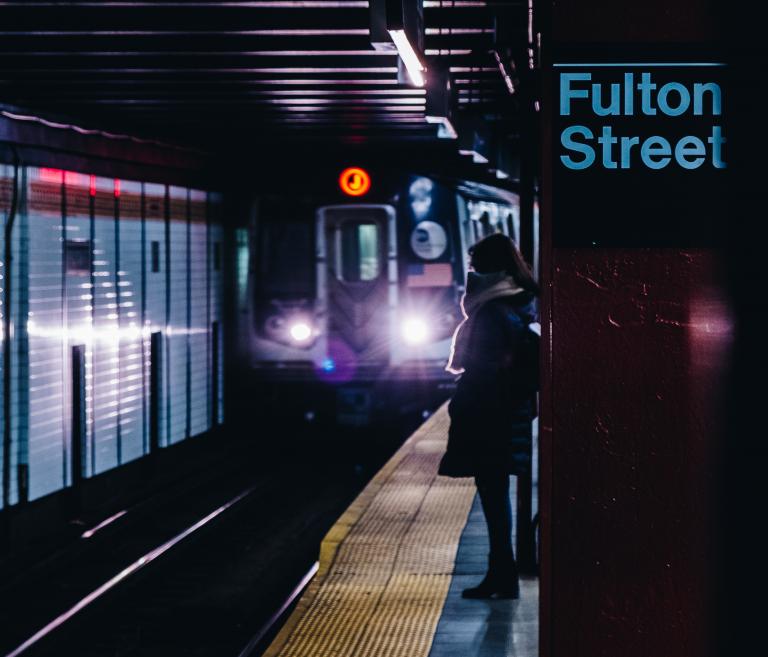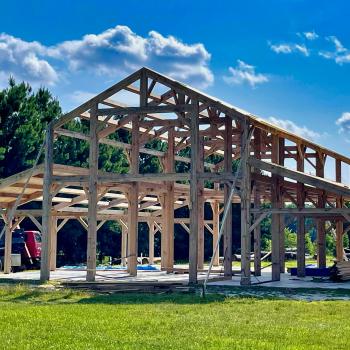There is a subway station we go to almost every day. It is a major hub in the city and, no matter where we are going, we often pass through it while transferring around the city. It is called Fulton Street Station.

And when I think about Fulton Street Station, the first image that pops into my head is this wall of glass doors that separates the main entrance from the 4/5 train. The entire wall consists of about fifteen independent glass doors.
One of the things I’ve noticed as we traverse Fulton is that, like most subway stations, people are passing through it in a hurry. And when they get to those glass doors, they have one purpose in mind: get through them quickly.
What is interesting about this is that some of the glass doors (usually one or two) are standing open while the others are not. It’s crazy how much I (and seemingly other passengers) are drawn to the doors already open.
The Least Resistance
It’s not that these are the only doors unlocked. They are just already open, either from a commuter currently going through it or because the hinges are stuck.
As I said, everyone is in a hurry. We want to get where we want to get. The wall of glass doors is an obstacle. And I think the reason we are drawn to the open doors is because they seem faster. We have adopted a perspective, a pattern of quick discernment that sees the open doors as the fastest.
As humans, we are obsessed with the path of least resistance. We will take it every time.
Sometimes this is clearly helpful. Like when we are standing in my wife’s small office. The path of least resistance to exit is the one door. Although there are other ways we could get out (climbing through the ceiling tiles, vents, etc.), they don’t make any sense. Not just because they are slower but because they do not align with our value and vision.
The Harder Way
At Fulton, though, this is not so clear. Everyone is rushing for those open doors. And in a wall of fifteen, sometimes the one open door is not worth the deviation. If it is further away, pausing to pull the closer door open is probably the better option.

Although we like to think life is more like Kylie’s office than the Fulton station, we are wrong. Life is a lot more complicated and sometimes what we perceive to be the path of least resistance is not only less effective. Sometimes it can derail our journey altogether.
Our obsession with the path of least resistance is what implores us to find a shortcut. It begs us to avoid the pit of despair.
And if this is possible, we should absolutely do it. The problem for us, as humans, is when we deviate so far to try to avoid the hard way that we end up either making it much harder than it would have been or get lost altogether.
Sometimes confession in a relationship feels like the harder way. You are going to hurt the other person. There is going to be conflict. It seems so much better to hide from it, avoid it, keep it secret. We even tell ourselves we are saving our loved one from pain.
The path of least resistance.
But does this path lead to our vision? Does it produce healthy relationships? And, really, does it avoid the resistance or prolong it?
Taking a hard look at our obsession with the easier way is an essential part of living well. Like the commuters at Fulton station, we are sure we’ve got it figured out. Sure our shortcuts and our perspectives are correct. But sometimes they aren’t. Sometimes they are just so engrained in us, we have blinded ourselves to other options.
Sometimes the harder way is the better way. Speed is not the only value in our journey. So is safety, for one. Truth, for another. And when the path of least resistance makes itself known, we cannot help but be excited about the possibility. But good relationships are about truth, not ease.












